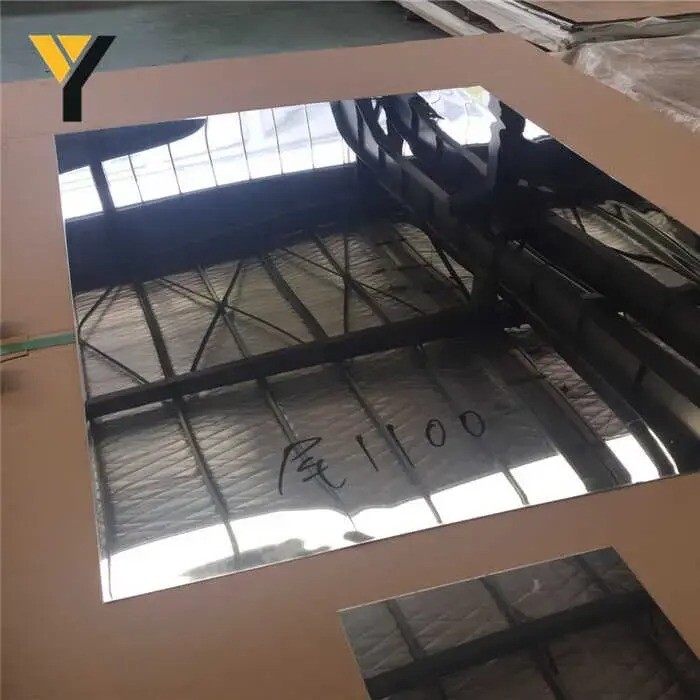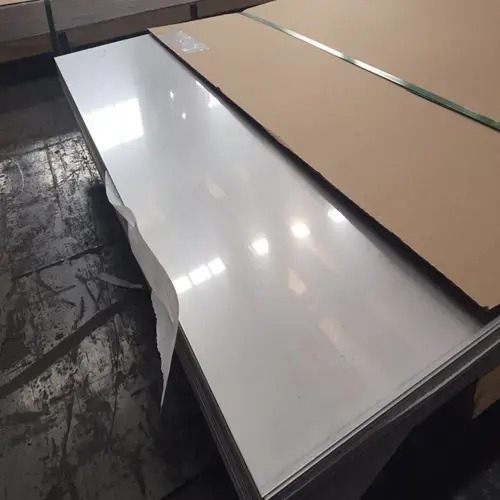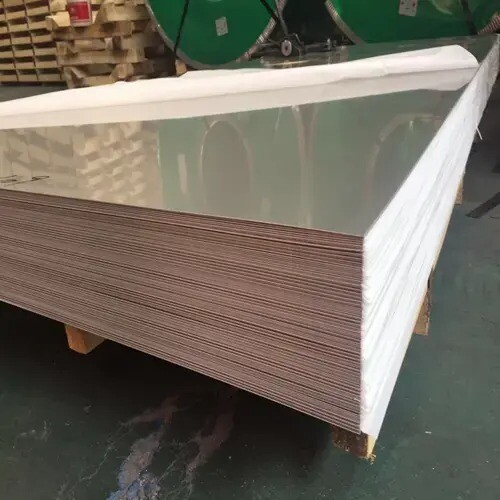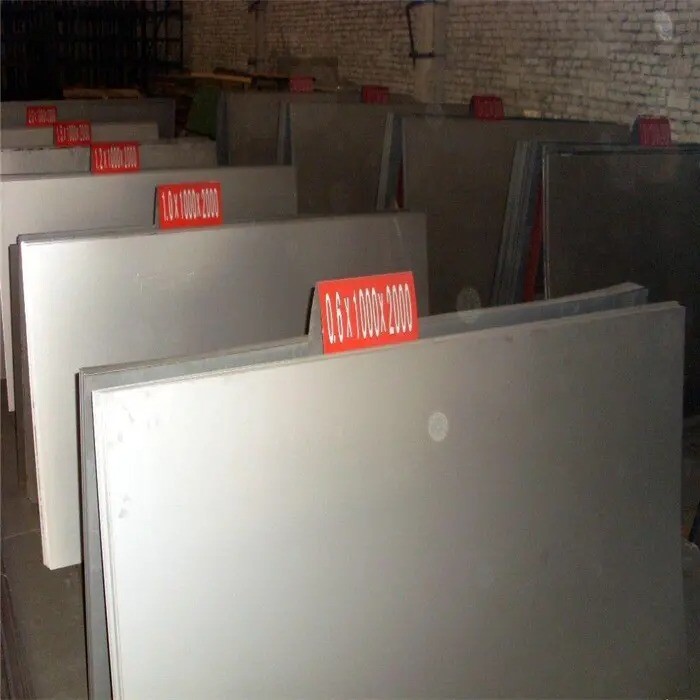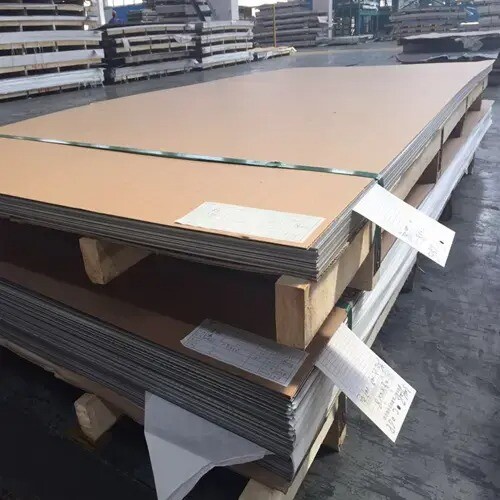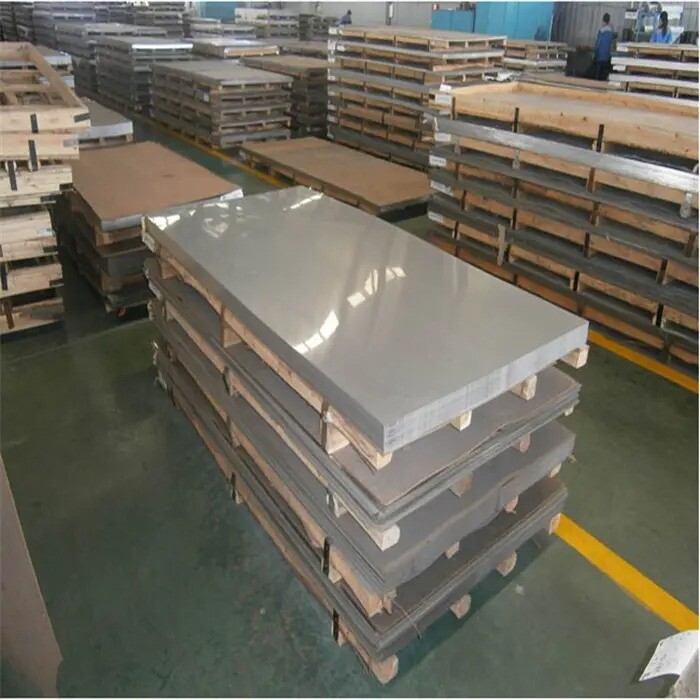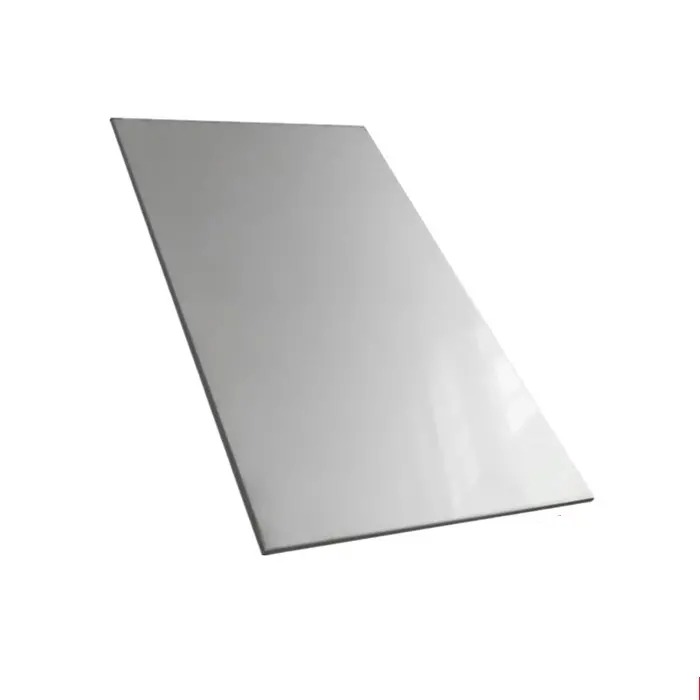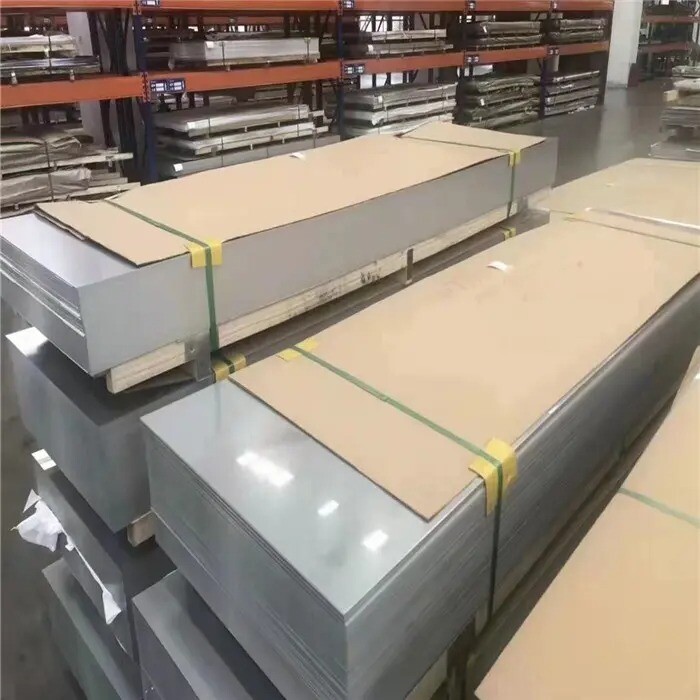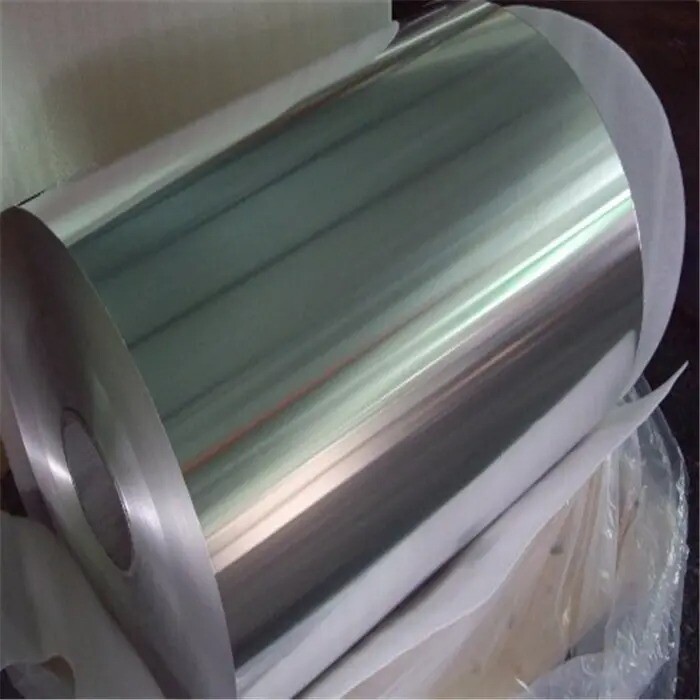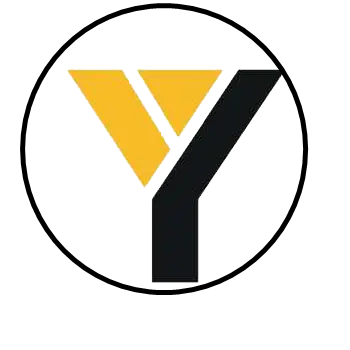

2. Standard: ASTM, AISI, SUS, JIS, EN, DIN, GB, ASME
3. Mill/Brand: Tisco, Lisco, Posco, Baosteel, Jisco
Product description:
Introduction:
321 stainless steel is most similar to 304 stainless steel, however it contains the addition of Titanium making it an excellent choice for prolonged high temperature applications. The addition of Titanium stabilizes this grade of stainless steel against the formation of Chromium Carbide in heat ranges between 800 to 1500 degrees Fahrenheit.
Specification:
321 stainless steel sheet
321 stainless steel is most similar to 304 stainless steel, however it contains the addition of Titanium making it an excellent choice for prolonged high temperature applications. The addition of Titanium stabilizes this grade of stainless steel against the formation of Chromium Carbide in heat ranges between 800 to 1500 degrees Fahrenheit.
Corrosion Resistance
Type 321 stainless steel has similar corrosion behavior to Type 304 with the exception of improved intergranular corrosion resistance due to the titanium addition for stabilization. Resistance to organic acids and some inorganic acids is excellent. However, long term exposure to temperatures between 900 – 1500 °F (482 – 816 °C) may reduce its overall general corrosion resistance but remains improved compared to unstabilized grades.
Formability
Type 321 can be readily formed and drawn, however, higher pressures are required and more springback is encountered than for carbon steel and ferritic stainless steels. Like other austenitic stainless steels, Type 321 work hardens quickly and may require annealing after severe forming.The presence of certain alloying elements can make
Type 321 more difficult to form than other austenitic grades such as 301, 304 and 305.
Weldability
The austenitic class of stainless steels is generally considered to be weldable by the common fusion and resistance techniques. Special consideration is required to avoid weld ”hot cracking” by assuring formation of ferrite in the weld deposit. This particular alloy is generally considered to have comparable weldability to Types 304
and 304L. A major difference is the titanium addition that reduces or prevents carbide precipitation during welding. When a weld filler is needed, either AWS E/ER 347 or E/ER 321 is most often specified. Type 321 is well known in reference literature and more information can be obtained in this way.
Heat treatment
Type 321 is non-hardenable by heat treatment. Annealing: Heat to 1750 – 2050 °F (954 – 1121°C), then water quench or air cool.
Application
Aircraft exhaust stacks
Manifolds
Chemical processing equipment
Welded equipment
Jet engine parts
Application:
Aircraft exhaust stacks
Manifolds
Chemical processing equipment
Welded equipment
Jet engine parts
RECOMMEND
 Hastelloy C276 C22 Incoloy 800 825 Inconel 600 601 617 625 713 718 725 Monel 400 K500 Nitronic 30 60 90 Alloy steel plate sheet
Hastelloy C276 C22 Incoloy 800 825 Inconel 600 601 617 625 713 718 725 Monel 400 K500 Nitronic 30 60 90 Alloy steel plate sheet C276 C22 Inconel 600 601 617 625 713 718 725 825 Monel 400 K500 Nitronic 30 60 90 Alloy steel plate sheet
C276 C22 Inconel 600 601 617 625 713 718 725 825 Monel 400 K500 Nitronic 30 60 90 Alloy steel plate sheet AISI 201 304 316l 317 310 409 420 410 416 430 4x8 Stainless Steel plate for Wall Panels
AISI 201 304 316l 317 310 409 420 410 416 430 4x8 Stainless Steel plate for Wall Panels 201 304 316l 309s 310s 430 410 420 430 stainless steel coil
201 304 316l 309s 310s 430 410 420 430 stainless steel coil
Get A Free Quote
Get Free Quote
